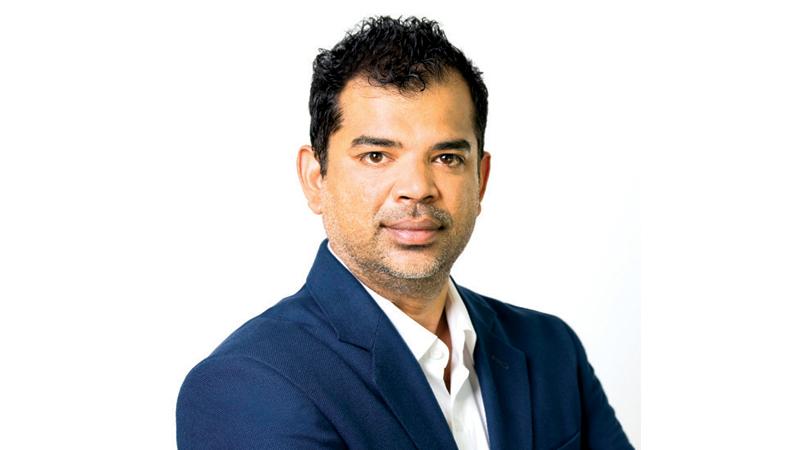
Sysco LABS Sri Lanka recently launched ‘Project Summit’ – a program to encourage future engineering leaders.
Sysco LABS Project Summit acts as a platform focused on facilitating accelerated growth for new recruitsstraight from university, enabling them to execute new tech concepts classified under ‘4th industrial revolution tech’ (4IR).
Developing the right skills to address the digital revolution ahead, participants will receive exposure and mentorship on 4IR concepts such as Artificial Intelligence, Machine Learning, Immersive Technology, and Internet of Things. Sysco LABS is investing in the workforce of the future and this focus on the 4IR landscape will help University graduatesto unleash their potential and build solutions for the future. Project Summithas learning modules which usually accrue over 4 years; however, the participants are ableto complete the program in six months which enables them to fast-track their careers. The programme will empower participants to identify and develop 4IR enabled solutions based on the “Lean Start-up Concept” and improve productivity metrics.
The program’s secondary objectives are to expose participants to an innovation-based engineering culture, while also allowing them to enhance their knowledge of the business domain.Director Engineering and Architecture, Enterprise Architecture Group at Sysco LABS, Nishantha Hettiarachchi said, “The launch of Project Summit, our unique engineering mentorship and training program, fosters a new generation of engineers ready to meet the demands of a tech-driven world. Using bespoke and specially tailored sessions, the program is aimed at fast tracking young engineers by equipping them with the skills and experience required to excel in the workplace, while ensuring a sustainable talent pool for our current and future requirements.”
